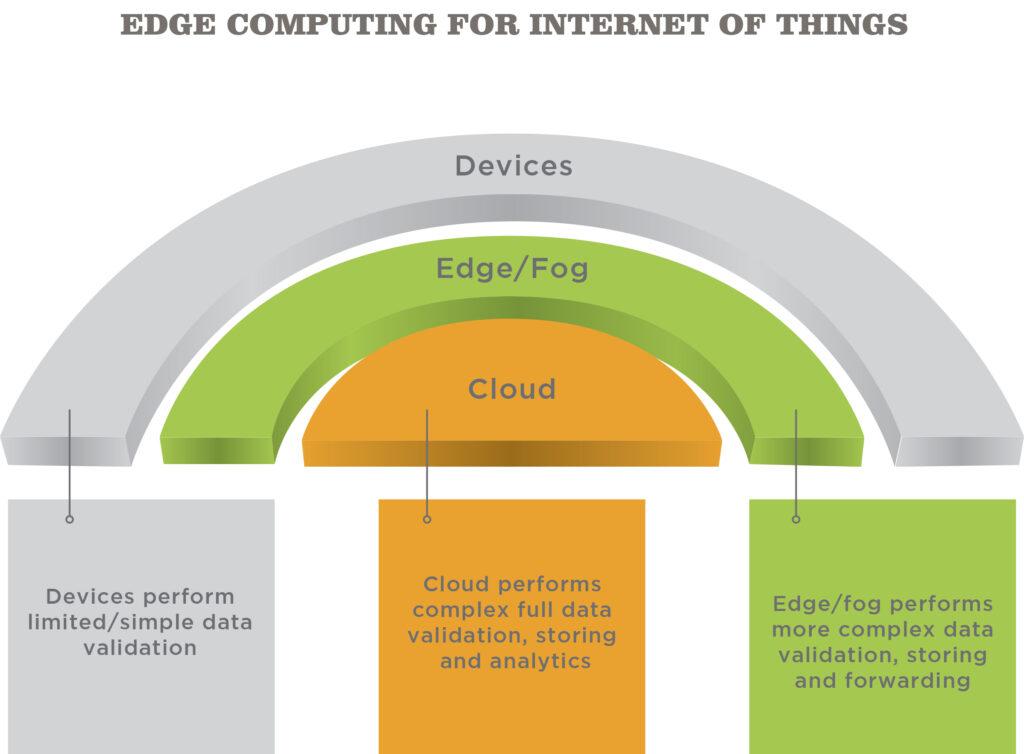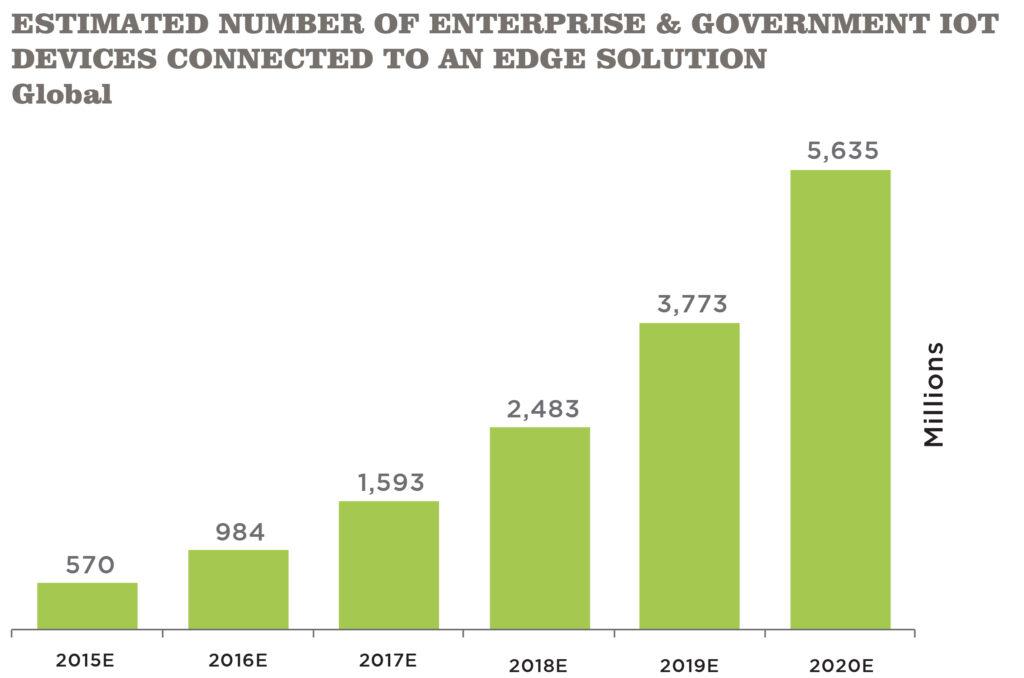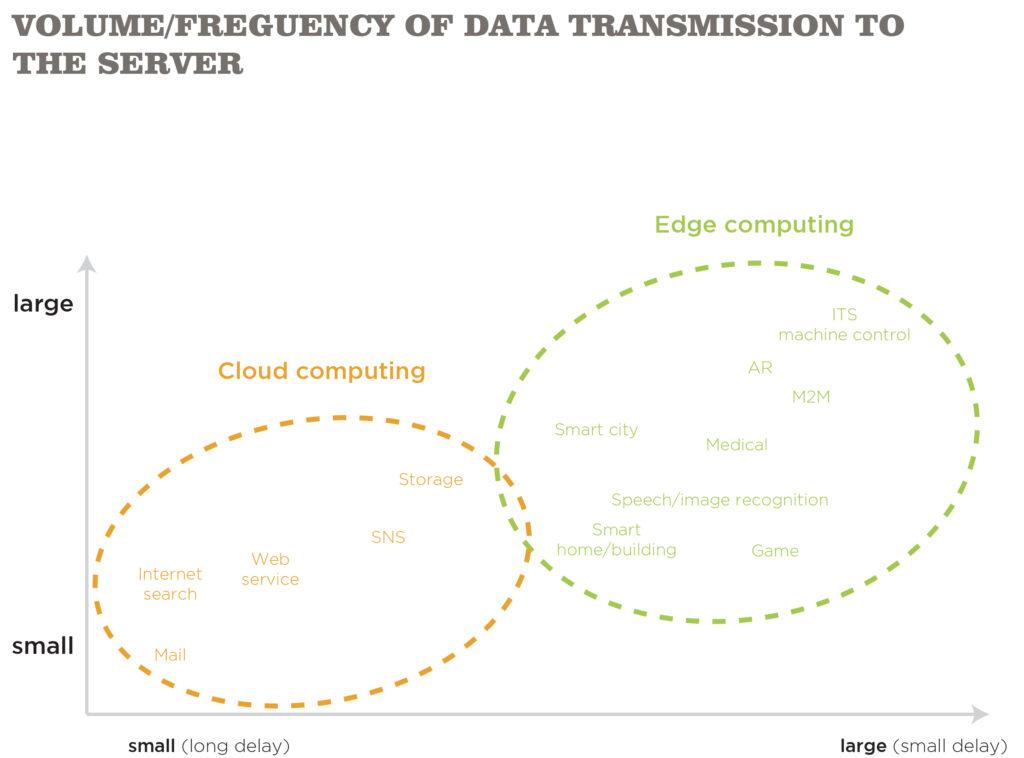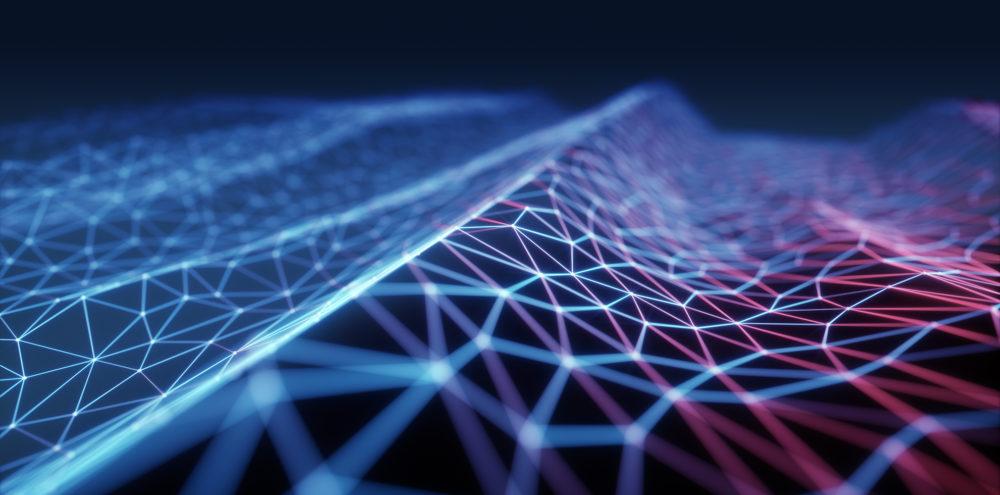At each stage of the IT industry’s development, the leading role in its development has been driven by different technologies, concepts, and techniques. As is made clear by an analysis of the IT industry’s development, the world is always changing, and what once seemed the unshakable driver of change yesterday may not remain the top driver today or tomorrow. Until recently, statements about trends in technology hailed the remarkable future of cloud computing and pointed to it being the new reality needing to be adapted to as soon as possible. All this continued until the moment when the notion of edge computing arose. Why are people now considering edge computing so closely? Does it mean that it will replace cloud computing? Let’s look for the answer together.
Edge Computing for Internet of Things

First of all, we need to say that edge computing is a special computing infrastructure existing at the edges of data sources, e.g. devices (industrial machines like turbines, magnetic resonance systems, self-driving cars, smart homes, and other smart devices envisaging incorporating many sensors and operating with their data). In other words, it’s pushing the computing applications frontier away from centralized nodes to the network extremes. That means edge computing requires leveraging device resources so that they don’t need to be connected to the network (or data center) continuously.
The opposing method, cloud computing, requires that all things be connected to the central data storage, where huge volumes of information are processed to find optimization solutions or make business decisions. As a rule, cloud computing is associated with complex data processing operations requiring significant computational power. At the same time, data accumulation and processing are not quick enough to be applied in some special spheres where the computational results need to be applied instantly.
The problem with cloud computing is widely known. It’s resulted in the appearance of a middle tier in the data circulation model – fog computing. Fog computing is an attempt to push computing powers closer to the data sources, eliminating response times without affecting efficiency. In fog computing, the computing is distributed in the most logical, efficient place between the data source and the cloud – in a “fog”. Fog is territorially closer to the devices as compared to the cloud, however, it’s still just a middle chain pushing the information further even if it’s able to make some decisions on the fly.
Edge Computing Advantages on Real Examples
The greatest edge computing advantage is speed. The IoT concept envisages quick responses in the application of data processing results. This became clearly evident after the self-driving car concept was presented. These types of devices crucially require data processing and decision-making. However, all of these computations are required immediately, no delay is admissible as it can cost someone their life. For example, if a child accidentally finds himself/herself in the road, a car should immediately signal the problem and change the course. Waiting for the data to reach the datacenter, be analyzed, and for a decision to be made is too lengthy a process. The concept is simple and natural enough: if one powerful mind (a cloud) cannot control each device, then we should make devices able to make their own decisions, even if they are not as global as is the case with the cloud.
Meanwhile, especially for Industrial IoT, it is sometimes necessary to manage devices without a proper bandwidth connection, which eliminates the opportunity to apply cloud computing. In these cases, edge computing is the only optimal solution.
Edge computing examples are diverse enough. Here we can suggest smart manufacturing (product customization projects), and many other contemporary business models. It’s more adaptable to quick changes, which are numerous in the modern world and thus here edge computing solutions can be more viable when compared to cloud ones. For example, if we have a centralized model connected to the cloud, each device should be standardized. If we wanted to change one device, most likely we wouldn’t be able to as this would require changing the entire system. Edge computing nodes are independent enough, interchangeable and more conducive to progress.
Another huge pro for edge computing is its security compliance. Sometimes it is unsafe to send data to the cloud, as the data can be stolen or distorted during the transfer. Edge technologies eliminate the necessity to put your data at risk.
Edge Computing vs Cloud Computing: Who Is The Winner?
There are several factors which are causing people to consider edge computing over cloud computing. They are:
- Data volumes can increase very rapidly, and there may not be an ability to make proper use of them.
- The cost of processing & storing such huge data volumes is extremely high.
- There is no use in storing data of temporal importance.
- It’s simpler to produce new product or device than to maintain old inefficient systems.
- The computing power of small devices is rising quickly, while data transfer costs are staying the same.
Nevertheless, each approach has both fans and rivals. They use marketing data, structural intricacies, and common sense to prove their own choice. However, there is no universal answer to the question. It seems that the only truth is that both approaches will live and need to be wisely combined to achieve great results.

For example, Peter Levine from Andreessen Horowitz and Clint Boulton from CIO consider edge computing to be a killer of cloud tech. In their opinion, distributed computing systems are safer and more resistant to failure. It is far cheaper to distribute a computational task between multiple smart devices than to create one super-powerful data processing center. Furthermore, if we are talking about tech like automatic cars or related tech (affecting human lives), even a temporary disruption of the huge centralized cloud can have awful consequences. Distributed systems do not require the involvement of all devices and thus can flexibly manage tasks, adjust to new circumstances, etc.
In addition, the Transparency Market Research report predicts that the edge computing market will grow very quickly. The hardware segment is likely to display a year-on-year growth of US$533.6 mn over the forecast period, which is larger than any other component segment. According to the report, edge the computing segment will be worth US$7,027.6 mn by the end of 2022.
At the same time, edge computing challenges often include tasks requiring complex computation and extensive data volumes operation (e.g. VR, AR, speech or image recognition, AI, etc.) Thus, there are experts claiming that cloud computing is also viable and will not be replaced. For example, Medium says more companies will use cloud technologies in the following three years. However, they agree that technology should be improved to be able to cope with contemporary tasks.
All we need to say is that cloud and edge technologies can be used in a single complex to embrace the pros of both methods and eliminate the cons. For instance, GE claims both approaches are applicable in different cases. That is best seen in this scheme:

So, you can choose which technology suits your own situation and find the best solution simply analyzing your unique needs. Or you can derive the best solution utilizing both approaches if they can be wisely combined. For example, if your project is a self-driving car fleet, then it is best to process temporary data on the edges and manage fleet problems in a cloud or a fog, as there are fewer time constraints and it requires greater computational power.
Takeaways
As you see, there is no universal solution or opinion regarding which tech will rule. Analyze your own business needs first, and only then make a final decision. Still, if you need some advice, Sirin Software has expertise in this area and is ready to share its knowledge with you. Contact us and we’ll be happy to find the best solution together with you!





